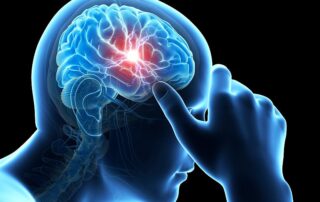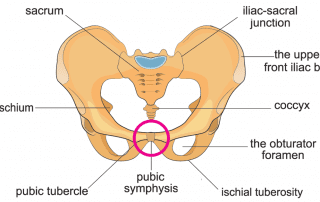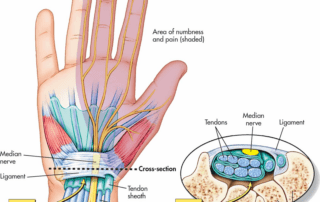
The holiday season is a busy and exciting time of year, but it can also be quite stressful. Between shopping, parties, traveling, and visiting family, it’s easy for your regular exercise routine to fall by the wayside. Research has shown that physical activity levels tend to decrease the most after holidays.
That’s why it’s so important to make your health a priority this time of year. Regular exercise can actually help reduce holiday stress and keep you feeling your best.
Here are some of the key benefits of maintaining your fitness routine:
Stress Management
The holidays bring a lot of added demands on your time and energy. Exercise is a proven way to manage stress and improve your mood. When you work out, your body releases endorphins that can lift your spirits and help you better cope with the pressures of the season. Making time to be active, even just a little big each day, can go a long way in keeping you calm and centered.
Immune System Support
Cold and flu season tends to ramp up during the winter months. Staying active can help support your immune system and reduce your risk of getting sick. Keeping up with your workouts makes you less susceptible to holiday illnesses that could derail your plans.
Weight Management
The holidays are full of rich, indulgent foods that can pack on extra pounds if you’re not careful. Regular physical activity helps you maintain a healthy weight by burning calories and boosting your metabolism. It also gives you an outlet for all the extra energy you may have from eating richer foods.
If you’re having trouble sticking to your exercise routine, consider talking to your physical therapist. They can create a customized fitness plan to help you stay on track, even with a busy holiday schedule. Physical therapists can teach you exercises you can do at home and provide tips for fitting activity into your day.
Here are a few quick tips to help you stay active this holiday season:
- Schedule your workouts like any other important appointment and don’t cancel them.
- Find ways to be active with friends and family, like going for a walk after a meal.
- Keep home exercise equipment (like weights or a yoga mat) accessible and ready to use.
- Park further away from stores and buildings to get in extra steps.
Don’t let the hustle and bustle of the holidays derail your health and fitness goals. With a little planning and creativity, you can maintain your exercise routine and enjoy a happier, healthier holiday season.
Keep Reading…
Spinal Stenosis and Lower Back Pain
Spinal Stenosis is one of the most common conditions that causes lower back pain and lower extremity (leg) pain in older adults.
Physical Therapy After a Concussion
This is a question that I get a lot from patients and physicians, and surprisingly there is actually a lot that a physical therapist trained to treat concussions can do to help!
What is a concussion?
A concussion is classified as a mild traumatic brain injury; however, just because it is classified as “mild” doesn’t mean that its effects are not serious.
Exercise following C-Section: How to safely return to your routine
Although c-sections are becoming fairly common in the United States, approximately 30%, that does not mean they should be considered a “small surgery.”
Pubic Pain During Pregnancy
Your pubic bone, or pubic symphysis, is found on the front side of your pelvis where the two sides connect. They connect to form a cartilage joint: the symphysis pubis. This joint is responsible for keeping the two bones of the pelvis together and stable during physical activity.
Pregnancy and Carpal Tunnel Syndrome
The carpal tunnel is a small space located at the wrist. It is formed by wrist (carpal) bones and a ligament which creates the roof of the “tunnel”.







